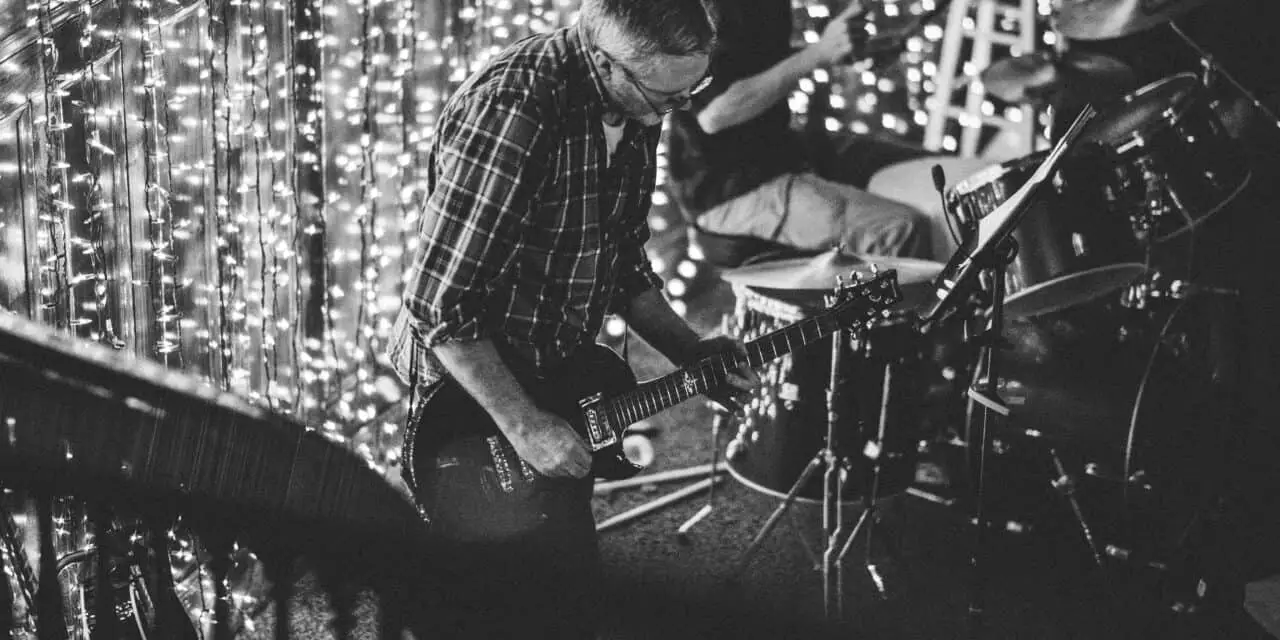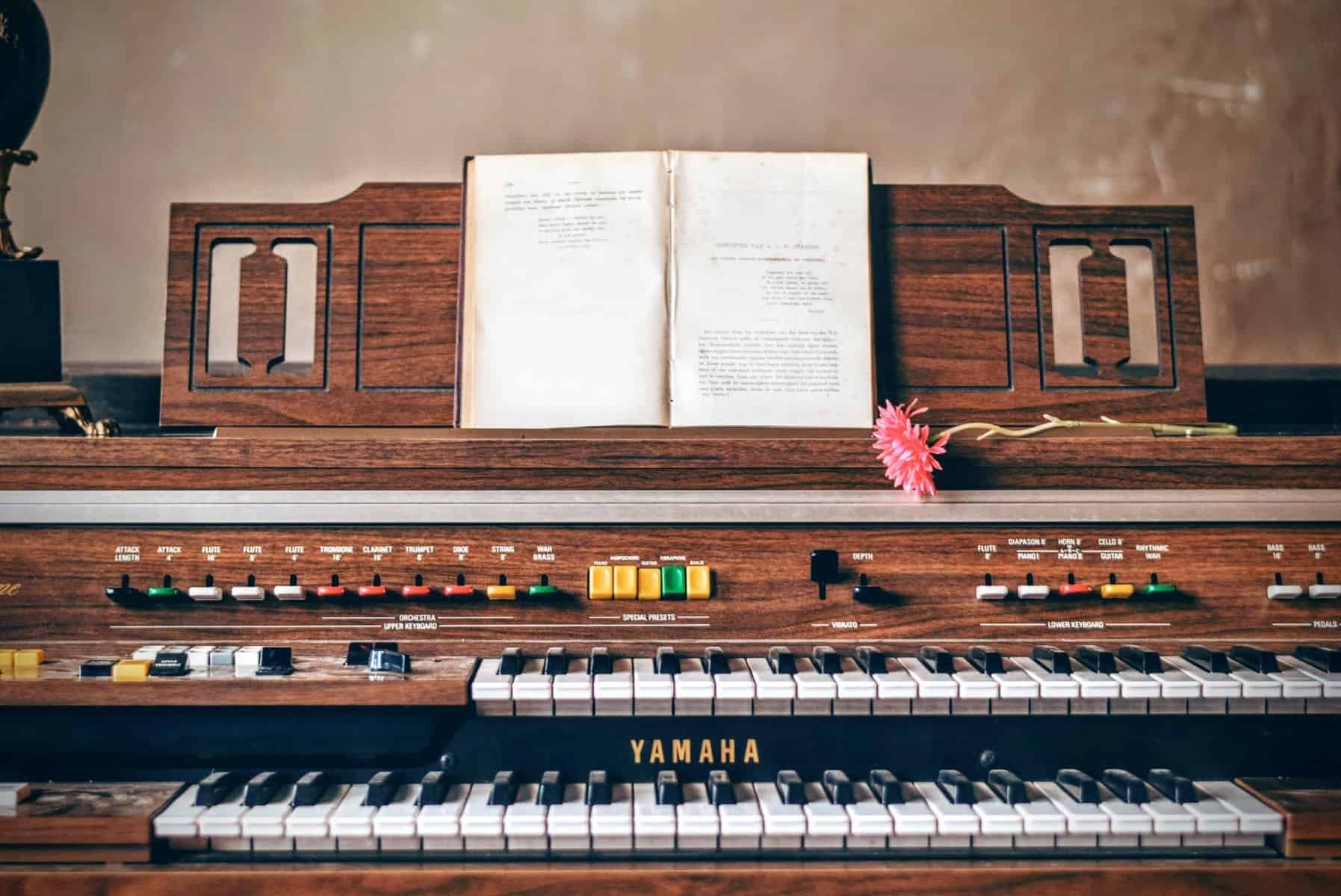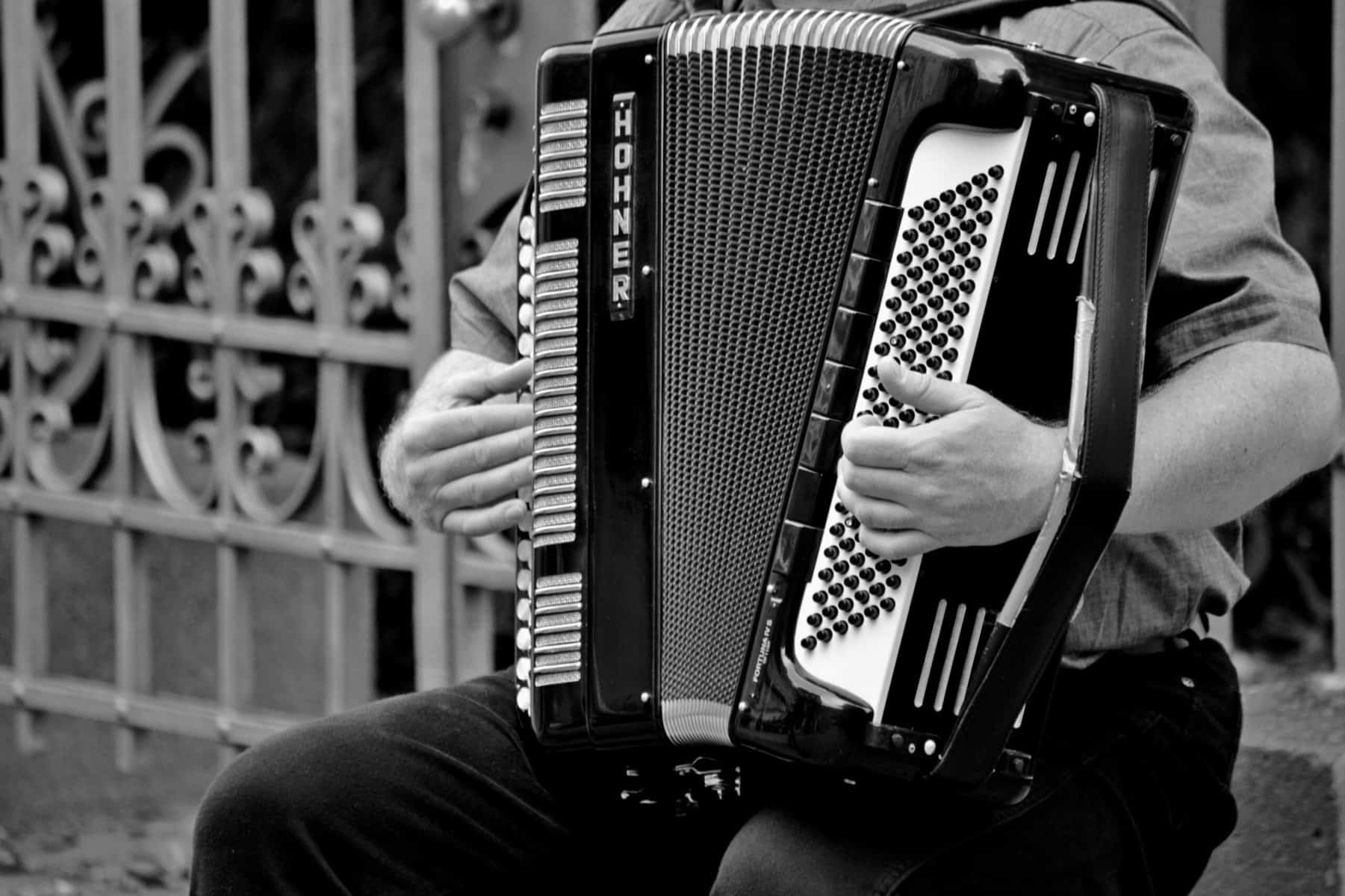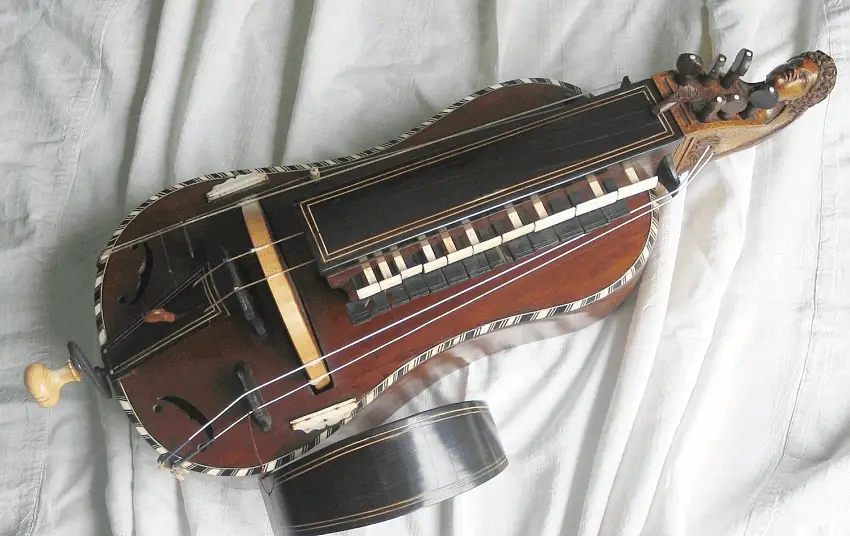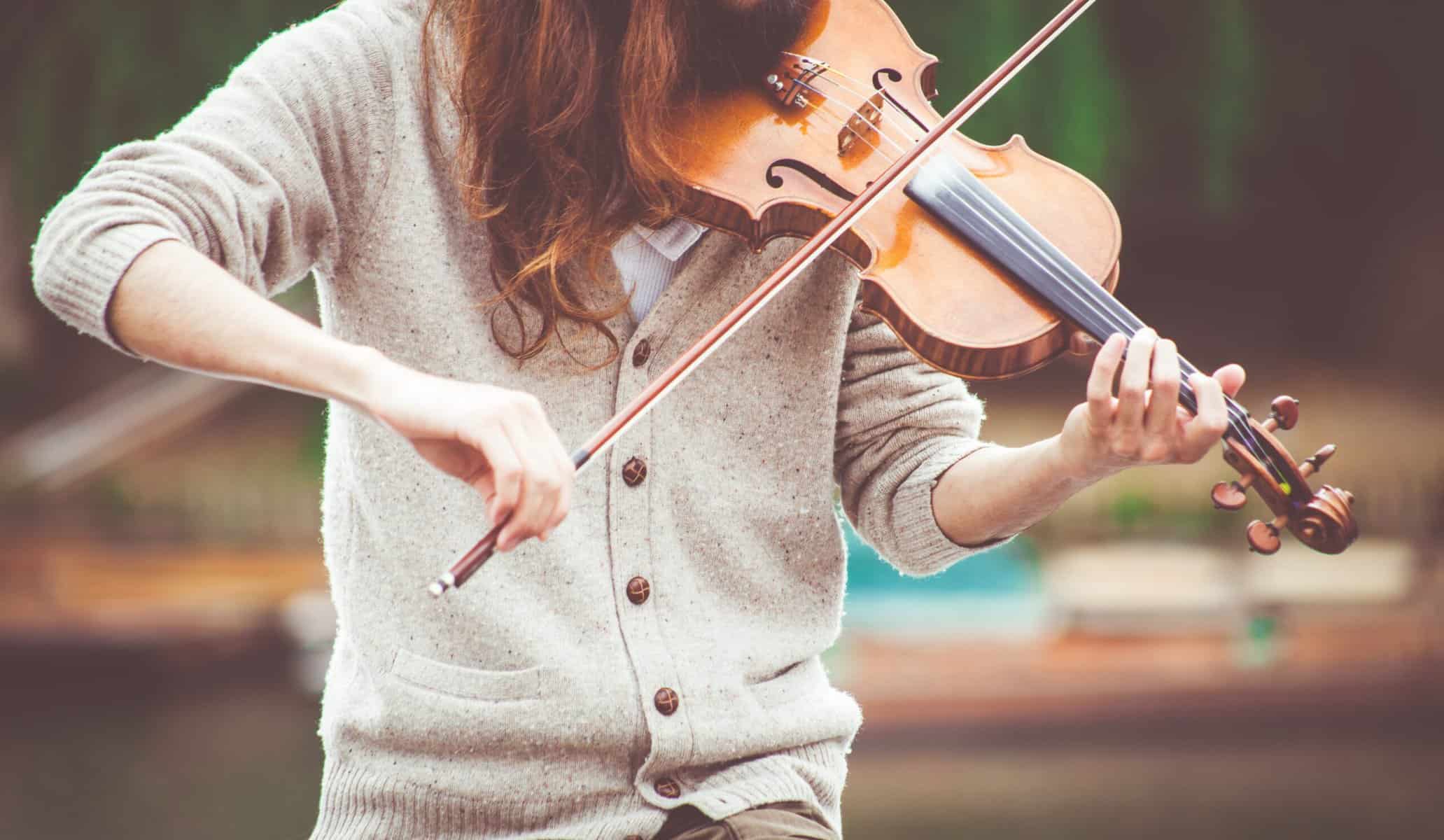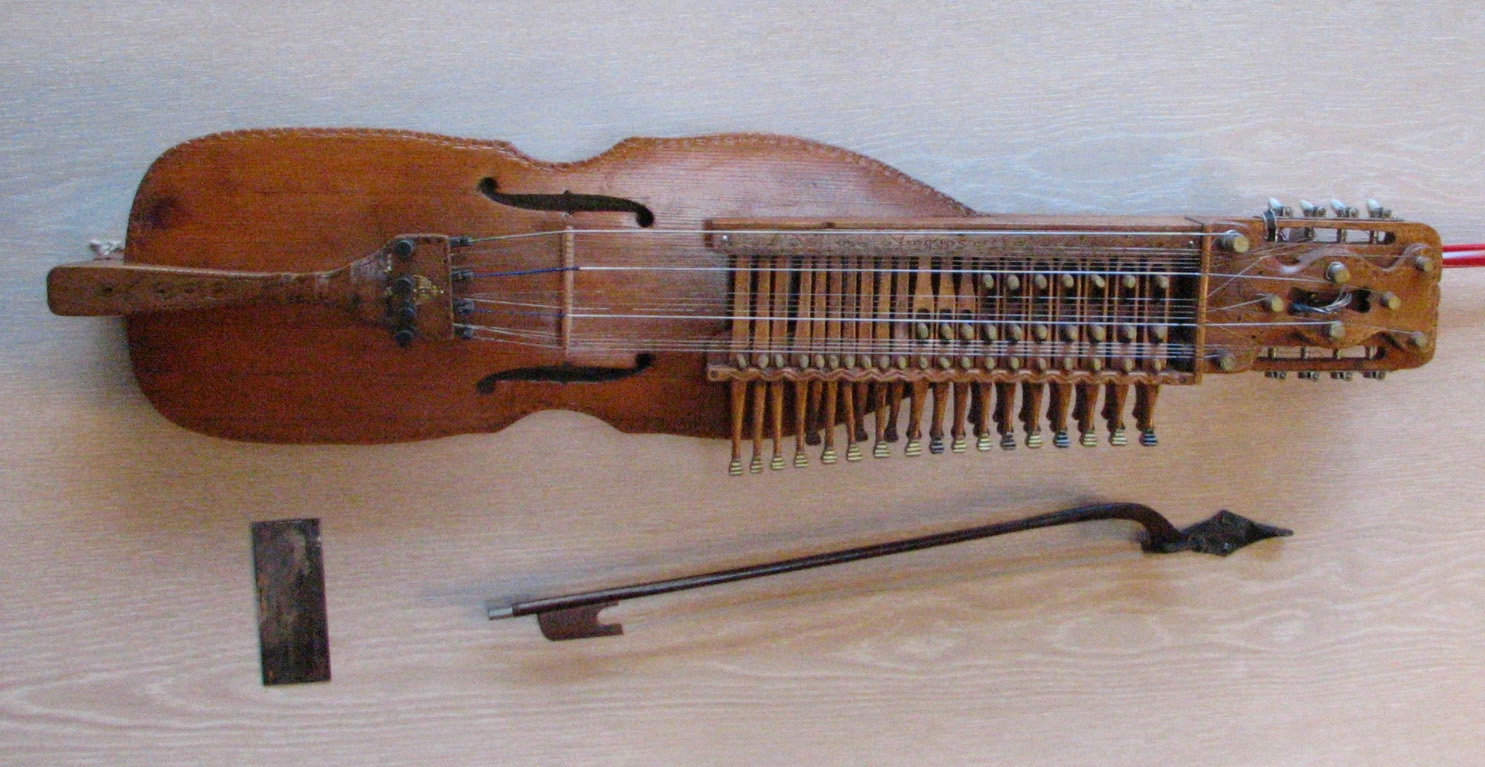Picking up any new musical instrument is difficult, but some more so than others. There are instruments that have many features, instruments that are not at all similar to others, and instruments that require the coordination of multiple very different tasks being performed at the same time, but what is the hardest instrument to play or learn?
In the rest of the article, we are going to talk briefly about the subjective nature of the difficulty in playing an instrument and have a look at a list of what may be the 11 hardest instruments to play or learn.
What Makes an Instrument Hard to Play or Learn?
A lot of what makes an instrument difficult to play or learn is subjective. Certain instruments that are more similar to what a musician is used to can be easier to learn even if they seem more daunting to others, and instruments that people may consider relatively simple may be more of a challenge if they are very different from what the musician has experience with.
For example, guitarists will often say that keyboards appear difficult to play because all of the notes are in a mostly straight line with no change in positioning other than the difference between the black and white keys. Keyboard players will then say that guitars look complicated to play because most individual notes that are played require both hands in tandem and the frets are spaced differently.
For this reason, in this list, we will be looking at which is the most difficult instrument to play by examining those that have a lot of features that make them more complicated for most, if not all, musicians rather than just for those that have absolutely no related experience.
The other side of the coin is that you should not look at this list and be discouraged from learning any of these instruments. Because difficulty can be subjective, not only are none of these instruments out of reach to learn, but you might even find some of them more easy to learn than most.
Organ
To laymen, the organ may appear to be just another keyboard instrument, but of the traditional seated ones, and possibly of all of them, the organ may be the hardest keyboard instrument to play. There are different types of organs, so for the sake of this example, we are talking about pipe organs, like the ones often found in big, old churches.
Musicians who move from an ordinary electric keyboard to a piano may feel overwhelmed by the longer keyboard and the introduction of a pedal here and there, but the move to a pipe organ takes it to the extreme with the introduction of multiple keyboards, knobs, and the pedalboard.
Every organ has at least one – but often many more – keyboards designed to be played with the hands. These are known as manuals. Organs will also have a keyboard designed to be played with the feet. This is known as the pedalboard.
Unlike the pedals on pianos, many of those of the organ are also used to produce individual notes just like the manuals do, meaning organ players need to train to work their feet like they do their hands in order to play the pipe organ in the way that it is meant to be played.
Finally, the knobs that control exactly how the sound comes out from each of the keyboards are unlike anything that features on any other keyboard instrument. This adds another layer of difficulty in learning the pipe organ, making it a significant jump in complexity even from the piano.
Accordion
The accordion is another rather unique instrument that because of its lack of similarity to pretty much anything else can be difficult to learn. You might think that having experience with keyboard instruments might give you an advantage with the accordion, but this is not always the case because not all accordions have that kind of keyboard.
The left hand of an accordion player plays the accompaniment by pressing buttons on the left side of the instrument. The right hand of an accordion player is responsible for the melody, but depending on what type of accordion it is, the musician will either be playing the melody on a keyboard on the right side of the accordion or on another set of buttons.
Brand new accordion players will need to learn the buttons to fully play the accordion anyway, but new players of accordions with no keyboard will not only need to learn the buttons but also get adept at playing them with both hands at the same time.
That is not all of what makes playing the accordion different and more difficult. The other element of it that is essential to learn and master is the bellows. If you can envision an accordion player moving their hands toward and away from each other, this is the motion that controls the flow of air through the bellows which in turn produces the sound.
Once you have mastered all three of these very different techniques that need to be applied simultaneously, you can start the physical training involved in playing the very heavy instrument while holding it for long periods of time.
Hurdy-Gurdy
The hurdy-gurdy is not an overwhelmingly difficult instrument to play, but until you get to that point, it can be a pretty difficult instrument to learn. This is because it is, of all the instruments on this list, possibly the most unlike any of the others or indeed any common musical instruments you will encounter in your life.
The hurdy-gurdy is a stringed instrument that may at first glance resemble a violin, but the two instruments have absolutely nothing in common in terms of how the musician produces sound with them. Even though the hurdy-gurdy’s strings are played by a wheel that fills a similar function to a violin’s bow, the way this wheel is manipulated is very different to the way a bow is.
The wheel of a hurdy-gurdy is rotated by the musician through the use of a crank at the end of the instrument. This wheel then sounds the drone strings and the melody strings.
The drone strings produce fixed pitches, but the notes that the melody strings sound can be manipulated by the musician through the use of a series of keys. These keys, when pressed, will move little tangents which make contact with the strings in a way analogous to a guitarist using his fingers on a standard guitar.
Violin
The violin is one of the two most commonly encountered instruments on this list, but this does not make it easy to play. This holds equally true for the closely related viola, cello, and double bass, which share many of the same features as the violin that make it a difficult instrument to learn and play.
One of the first differences that even an experienced string instrument player will notice when starting to learn the violin is that they do not have any frets. Frets are the little strips of material on the necks of string instruments that are placed exactly where a note would be. If you position your finger anywhere between two frets, the string will always be segmented at the nearest fret.
Because a violin does not have frets, not only do you not have any visual cue to remind you where the strings need to be segmented to produce a specific note, but you are also robbed of the luxury of being able to press the string with a range to produce a specific note.
If you press down a string slightly further down the neck from where the exact note should be, as is the common habit among guitarists, the absence of frets on a violin will result in you producing a flatter note than you are trying to play.
As you can see, the left hand work that a violinist needs to practice is incredibly complex, and once you have learned all of that, you get to move on to the complexities of the bow, which is an entire technique of its own.
Nyckelharpa
If you have put all of that work into learning how to use a bow to play the violin, you might as well put that talent to good use by learning something even more obscure. The nyckelharpa is a traditional Swedish instrument that is something of a halfway point between a hurdy-gurdy and a violin.
Like the hurdy-gurdy, the nyckelharpa has keys that the musician presses to control tangents that modify the pitches of the strings. Unlike the hurdy-gurdy, the strings are sounded by the player through the use of a bow, making what is for most players the right hand technique relatively similar to that of a violin or viola.
One of the major differences in bow hand technique is with the angle. Where violins are held above the shoulder, the nyckelharpa is strapped to the musician’s body in the same way that a standing guitarist might carry a guitar, placing the instrument in front of their abdomen rather than to the side of their head.
French Horn
The French horn is perhaps the hardest brass instrument to play. The fame it has won for the diverse range of sounds it can produce is well-deserved, but the biggest reason for this versatility is the combination of how complex and how sensitive the instrument is.
Breath control is a standard skill for brass and woodwind instruments, but when playing the French horn, this needs to be taken to the next level due to the length of the tubes. Incorrect mouth technique can also sabotage a French horn player by emptying them of breath a lot quicker than with other brass instruments.
Getting your air flow right is not the only thing you need to do to play the French horn. There are also valves that need to be controlled by hand while you are playing the instrument, and all of this needs to be done while you are also holding the large, heavy, and unwieldy beast. The French horn is certainly not an instrument for beginners.
Oboe
Moving from brass instruments to their close cousins, let’s look at what is possibly the hardest woodwind instrument to play, the oboe.
The oboe needs a consistent and controlled flow of air. This can be a positive in that you do not need to blast through very powerful explosions of air, which excludes musicians with a smaller lung capacity from those instruments.
The negative side of this is that your breathing technique needs to be absolutely impeccable. In fact, to truly master the oboe, you need to be able to practice circular breathing, which is a method that appears almost as if you are inhaling through your nose and exhaling through your mouth at the same time.
The reality of circular breathing is a lot more complex than that, but once you get the hang of “spitting” the air while inhaling, the effect will be the same, and it is this that you need in order to perform a truly uninterrupted output of air through the oboe.
Bagpipes
The sound that bagpipes produce owes itself to the airflow that the musician provides. Unlike with most brass or woodwind instruments, the latter of which being the family that bagpipes are a part of, bagpipes do not need the air to come directly from the musician at the time that the notes are produced. Instead, they include a bag that functions as a reservoir of air.
You may think that this makes bagpipes easier to play, which is true from one perspective, but it also introduces a whole new technique that the musician needs to master to play the instrument right. The flow from the bag to the reeds needs to be very closely controlled to produce the desired sound. This is done with the arms.
Naturally, the arm technique is only one half of it. If the air pressure in the bag gets too low, the sound will suffer, and it can only be brought back up by breathing into it.
As you can see, even though bagpipes do not need breathwork in the exact moment of a note’s sounding, this does not mean you can take a break and just breathe whenever you want.
Harp
The harp may seem like a guitar aligned like a keyboard insofar as each string is its own note and they are arranged in sequence, but the reality is varying degrees more complicated than that, depending on what type of harp you are trying to learn.
Most harps will have pedals or levers that are used to control the pitch of the strings. Other harps will give you access to the full range of notes by having a separate string for each semitone. Whichever of the arrangements you consider preferable for a first-timer, most musicians agree that neither are particularly welcoming to beginners.
The harp may not be the hardest instrument to learn in terms of complexity, but it will certainly push your capability for muscle memory to its limits.
Sitar
Guitars and their variants do not feature on this list because few people find them to be especially difficult instruments to learn or play, but there is one notable exception, the sitar. Because of its origins in medieval India, the sitar’s construction, shape, and size differ significantly from many comparable instruments in the Western world, posing a challenge to new players.
Tuning is also very different and will vary depending on multiple factors ranging from tradition to personal preference.
One way in which the sitar is actually less difficult to learn than it appears to be is with the number of strings. Although the instrument can have between 18 and 21 strings, only 6 or 7 of them are played by the musician. The others are known as tarb, taarif, or sympathetic strings in English, and they resonate without direct input from the player.
Drums
The drums might seem like a strange addition to this list, so let me ask this to all of the musicians reading this: How many times have you played with a metronome when you play alone? Many musicians agree that a metronome improves their performance when playing solo.
When you are playing the drums, you cannot play with a metronome. You are the metronome. And when you learn to keep a consistent beat in basic 4/4, you get to move onto more complex rhythms like 3/4 or 7/8 or even blended rhythms.
At this stage, we have only touched on playing in a way that is not wrong. Once you have mastered that, you have to then learn to make it sound good, which is not as straightforward or mechanical as people who are not drummers believe it to be.
Final Thoughts
We have looked at one list of the 11 hardest instruments to play or learn, but we also learned about how the difficulty an individual will experience with an instrument is at least partially subjective. The 11 instruments you read about today may be among the most complex, but you might even find one of them relatively easy, so why not give some a try?

